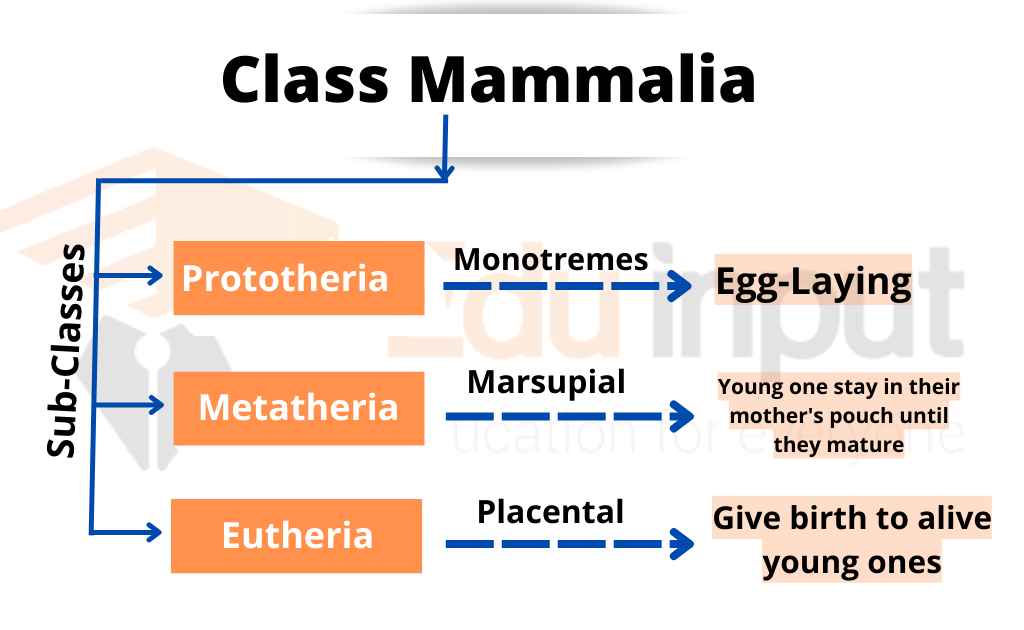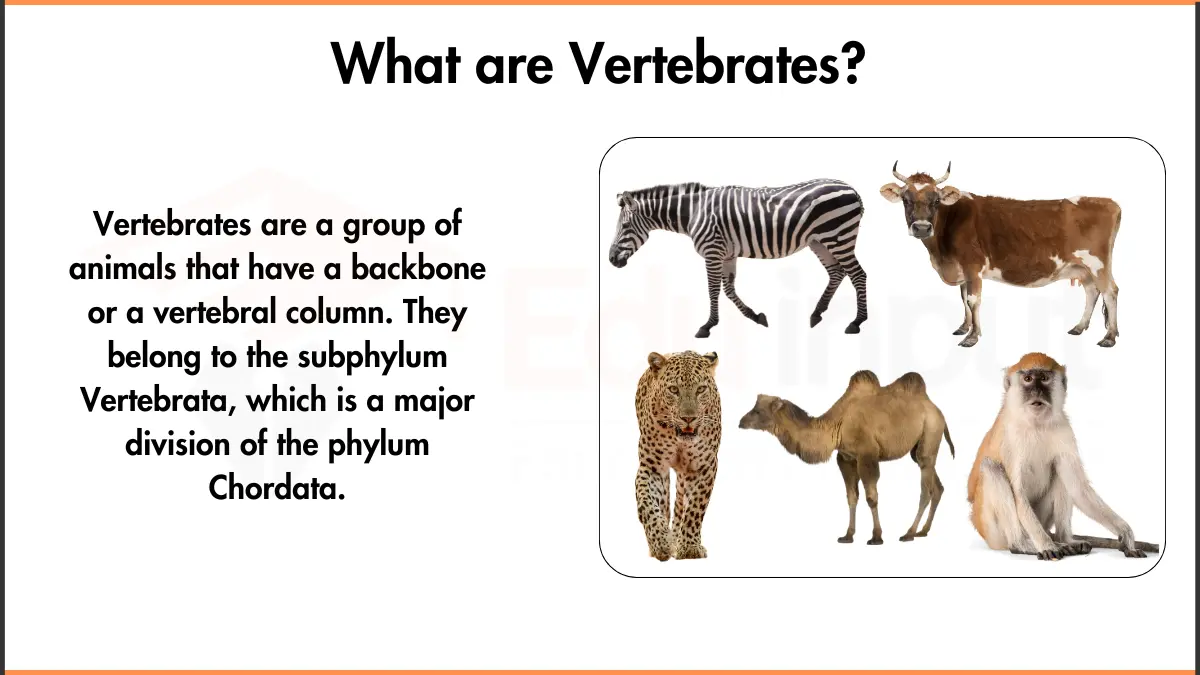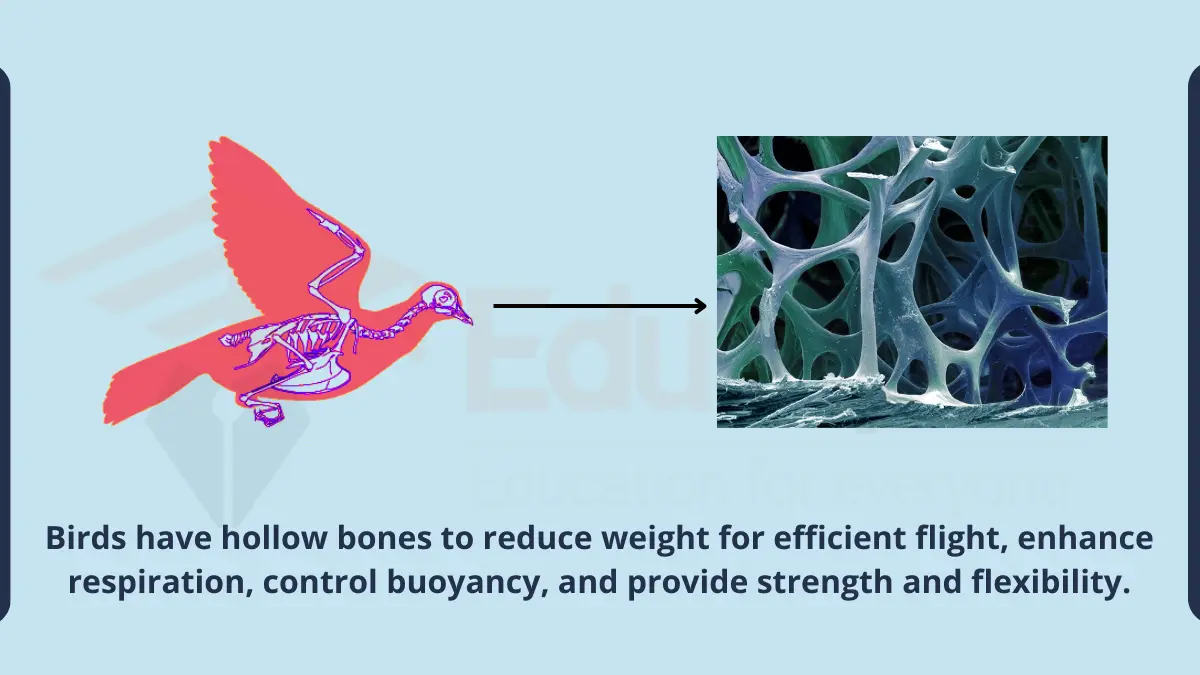What is Coelomic Fluid?-Coelomates, Pseudocoelomates, And Coelomates
The coelomic fluid is a key part of an animal’s anatomy. It provides support for the body, allows organs to move and grow, and helps transport gases, nutrients, and waste products around the body. It also plays a role in reproduction, by storing sperm and eggs during maturation and acting as a reservoir for waste.
What is Coelom?
The cavity between the parietal and visceral layer forms the true coelom. It is filled with fluid called coelomic fluid. It includes all animals from annelids to chordates.
The coelomates have a more complex gut (digestive canal) and nervous system. They also have well developed excretory system circulatory system respiratory system and reproductive system
Coelomates, Pseudocoelomates, And Coelomates
There are three types of organisms based on the presence or absence of coelom;
- Coelomates
- Acoelomates
- Pseudocoelomate
Acoelomate
Acoelomates are a special type of invertebrates that don’t have a coelom or an internal cavity in their body. Instead, they have bilateral symmetry, which means that their left and right sides are mirror images of each other. This type of animal is also characterized by having a digestive cavity that is the only internal space in the body.
Animals without body cavities are called acoelomate. They show the following Characteristic;
1. There is no body cavity or coelom in phylum Platyhelminthes. The mesoderm forms a loose cellular tissue called mesenchyma or parenchyma. It fills the space between the ectoderm and endoderm. It forms a packing around the internal organs of the animals to support and protect them.
2. The gut is the transport of excretory products. The excretory system is composed of flame cells, excretory ducts, and excretory pores. The nervous system is well developed.
Pseudocoelomate
Pseudocoelomate the animals with false coelom developed from blastocoel are called pseudocoelomat the space between the body wall and the digestive tube is called pseudocoelom (false to the cavity) it is present in phylum aschelminthes.
The pseudocolor is not homologous (same ancestor) to true coelom it is developed from the blastocoel of the embryo lam lined by coelomic epithelium it is bounded externally by muscles and internally by the cute of the intestine the animals having pseudocoelom are called pseudocoelomates
Coelomates
Organisms with a coelom are called coelomates. Protostomes and deuterostomes are two groups of coelomates based on how their cells divide, how their coelom forms, and what happens to the blastopore. In protostomes, the blastopore becomes the mouth.
In deuterostomes, the blastopore becomes the anus. The animals with true coeloms derived from mesoderm are called coelomates 547 true coeloms are a cavity present between the body wall and the alimentary canal.
Mesoderm
Mesoderm the mesoderm spilled into two layers:
- The parietal layer is the outer layer. It underlines the body wall
- A visceral layer is the inner layer il covers the alimentary canal.

 written by
written by 




Leave a Reply